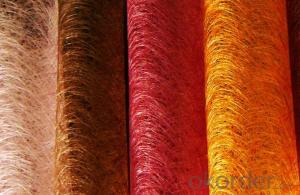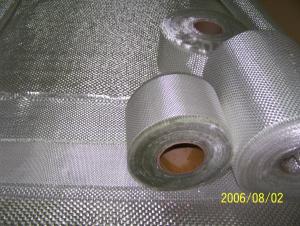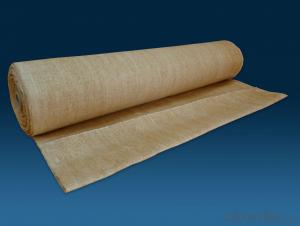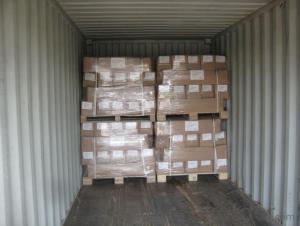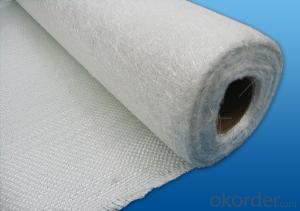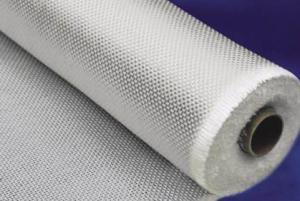All Categories
- - Steel Wire Rod
- - Steel Coils
- - Steel Profiles
- - Steel Pipes
- - Stainless Steel
- - Tinplate
- - Special Steel
- - Steel Sheets
- - Steel Rebars
- - Steel Strips
- - Hot Rolled Steel
- - Cold Rolled Steel
- - Pre-painted Steel
- - Seamless Steel Pipe
- - Welded Steel Pipe
- - Hollow Steel Tubes
- - Galvanized Pipe
- - Stainless Steel Coil
- - Stainless Steel Sheet
- - Stainless Steel Plate
- - Stainless Steel Strips
- - Electrolytic Tinplate Coil
- - Electrolytic Tinplate Sheet
- - Stainless Steel Rebars
- - Solar Panels
- - Solar Water Heater
- - Solar Related Products
- - Solar Inverter
- - Solar Cells
- - Solar Light
- - Solar Energy Systems
- - Solar Controllers
- - Solar Mounting System
- - Solar Pump
- - Solar Chargers
- - Fiberglass Chopped Strand
- - Fiberglass Mesh Cloth
- - Composite Pipes
- - FRP Pultrusion Profiles
- - Fiberglass Mat Tissue
- - Fiberglass Fabrics
- - Fiberglass Mesh
- - Composite Tank
- - Fiberglass Mesh tape
- - Polymer
- - FRP Roofing Panel
- - Fiberglass Roving
- - Monolithic Refractories
- - Ceramic Fiber Products
- - Refractory Bricks
- - Raw Materials For Refractory
- - Suspended Platform
- - Cranes
- - Concrete Machinery
- - Earthmoving Machinery
- - Building Hoist
- - Road Building Machinery
- - Plastic Pipe Fittings
- - Plastic Tubes
- - Plastic Sheets
- - Agricultural Plastic Products
- - Plastic Nets
 All Categories
All Categories
Q & A
How does the weight of fiberglass fabric affect the overall weight of the finished product?
The weight of fiberglass fabric directly impacts the overall weight of the finished product. The higher the weight of the fiberglass fabric used, the heavier the final product will be. Conversely, using a lighter weight fiberglass fabric will result in a lighter finished product.
How does fiberglass fabric compare to other reinforcement materials like carbon fiber or Kevlar?
Fiberglass fabric is a widely used reinforcement material that has its own set of advantages and disadvantages when compared to carbon fiber or Kevlar. While carbon fiber offers superior strength and stiffness, fiberglass is more affordable and easier to work with. Kevlar, on the other hand, excels in terms of tensile strength and impact resistance, but it is more expensive than fiberglass. In summary, fiberglass fabric is a cost-effective option with moderate strength and flexibility, while carbon fiber and Kevlar have their own specific properties that make them suitable for different applications.
Does fiberglass fabric have any health risks?
Yes, there are potential health risks associated with fiberglass fabric. When fiberglass fabric is cut, sanded, or disturbed, it releases tiny fibers into the air that can be easily inhaled or come into contact with the skin. Inhalation of these fibers can irritate the respiratory system and cause respiratory issues, such as coughing, shortness of breath, and lung inflammation. Skin contact with the fibers can lead to irritation, itching, and redness. It is important to take proper precautions, such as wearing protective clothing, gloves, and a mask, when working with fiberglass fabric to minimize these health risks.
How is fiberglass fabric used in the production of wind turbine blades?
Fiberglass fabric is commonly used in the production of wind turbine blades as it provides strength, durability, and flexibility. The fabric is typically layered and impregnated with resin to create a composite material that is lightweight yet strong enough to withstand the forces exerted by wind. The fiberglass fabric acts as a reinforcement, adding structural integrity to the blades and allowing them to efficiently capture wind energy.
Wholesale Fiberglass Fabrics from supplier in Madagascar
With our strong connections and partnerships, we are able to source high-quality Fiberglass Fabrics at competitive prices. Whether you require Fiberglass Fabrics for insulation, reinforcement, or any other application, we have the expertise to meet your specific requirements.
Our team of professionals is dedicated to providing excellent customer service and ensuring that your needs are met efficiently and effectively. We understand the importance of timely delivery and strive to ensure that your orders are processed and shipped promptly.
In addition to our product offerings, we also provide technical support to assist you in selecting the right Fiberglass Fabrics for your projects. Our knowledgeable team can provide guidance on product specifications, installation techniques, and maintenance procedures.
At CNBM Madagascar, we pride ourselves on our commitment to customer satisfaction. We strive to build long-term partnerships with our clients and aim to exceed their expectations in terms of product quality, service, and support.
Contact us today to discuss your Fiberglass Fabrics requirements and experience the exceptional services we offer.
Our team of professionals is dedicated to providing excellent customer service and ensuring that your needs are met efficiently and effectively. We understand the importance of timely delivery and strive to ensure that your orders are processed and shipped promptly.
In addition to our product offerings, we also provide technical support to assist you in selecting the right Fiberglass Fabrics for your projects. Our knowledgeable team can provide guidance on product specifications, installation techniques, and maintenance procedures.
At CNBM Madagascar, we pride ourselves on our commitment to customer satisfaction. We strive to build long-term partnerships with our clients and aim to exceed their expectations in terms of product quality, service, and support.
Contact us today to discuss your Fiberglass Fabrics requirements and experience the exceptional services we offer.
Hot Search
- Fiberglass Chopped Strand in Lebanon
- Fiberglass Mesh Cloth in Timor Leste
- Composite Pipes in Nicaragua
- FRP Pultrusion Profiles in Madagascar
- Fiberglass Mat Tissue in Iceland
- Fiberglass Fabrics in Gabon
- Fiberglass Mesh in Vietnam
- Composite Tank in Barbados
- Fiberglass Mesh tape in Indonesia
- Polymer in Jamaica
